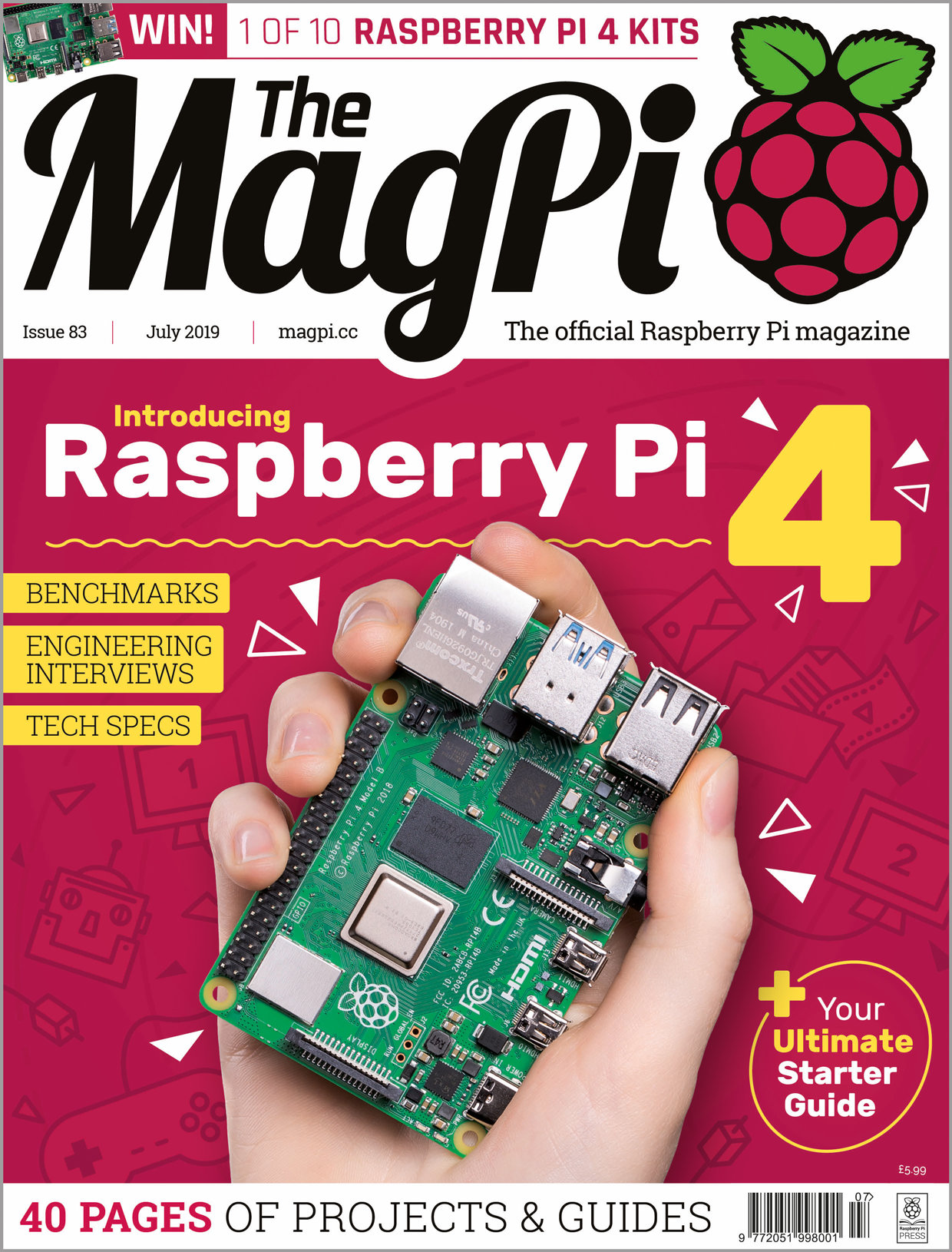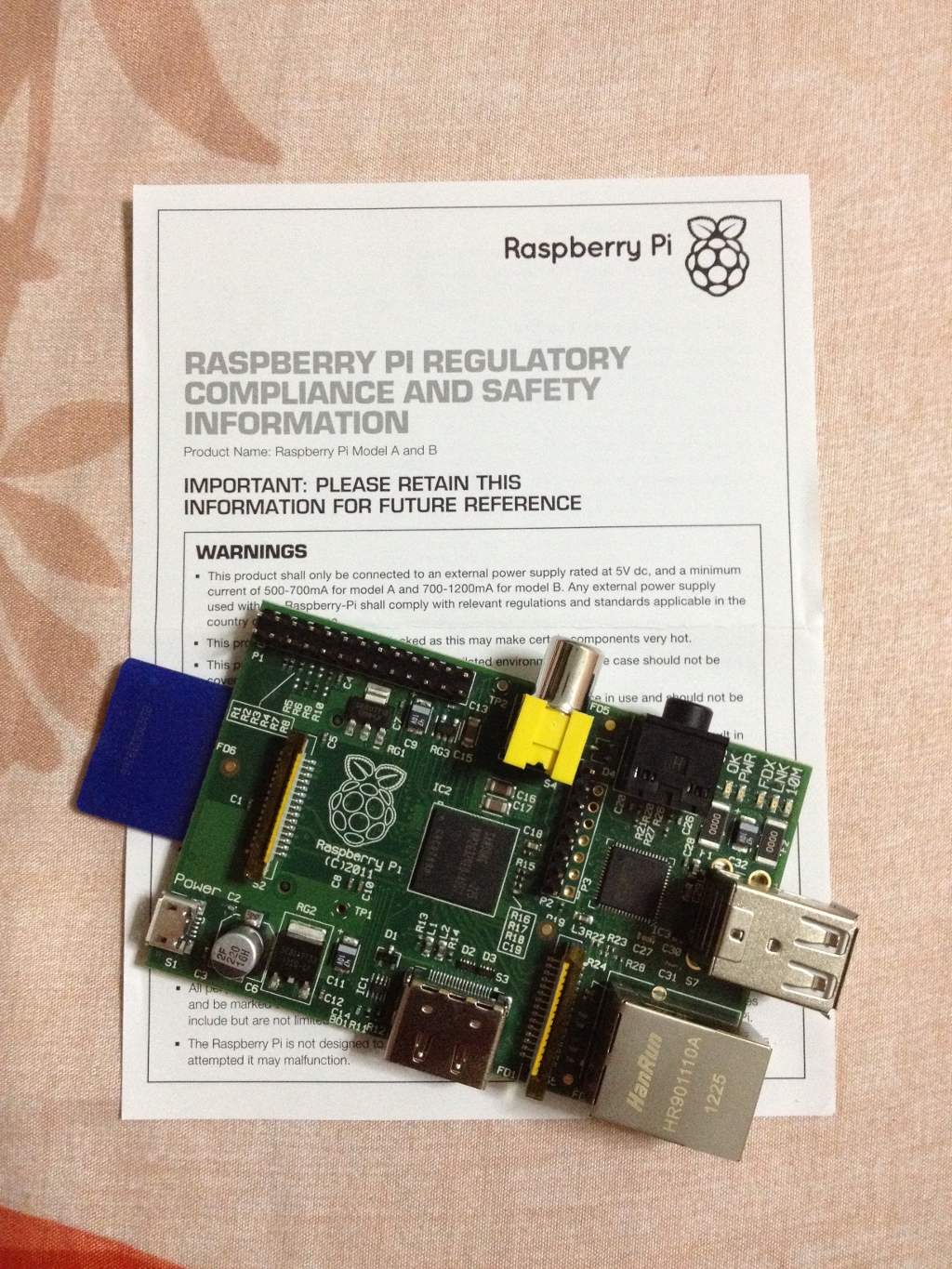Have you ever wondered how the Raspberry Pi has revolutionized remote IoT applications? The versatility and affordability of this device have made it a cornerstone for developers and hobbyists alike. A bold statement to consider is that leveraging free tools for Raspberry Pi can significantly enhance your projects without breaking the bank. This approach not only democratizes access to cutting-edge technology but also fosters innovation by eliminating financial barriers.
The concept of Remote IoT, or Internet of Things, involves connecting devices over the internet to monitor and control them from afar. When integrated with a Raspberry Pi, this setup opens up endless possibilities for automation, data collection, and real-time analytics. Understanding the basics of Raspberry Pi is crucial as it serves as the backbone of these applications. Why choose free tools? The answer lies in their ability to provide robust solutions without the overhead costs associated with proprietary software. These tools empower users to experiment, learn, and deploy projects efficiently.
| Bio Data & Personal Information | Career & Professional Information |
|---|---|
| Name: John Doe | Occupation: Software Engineer |
| Age: 35 | Company: Tech Solutions Inc. |
| Location: Silicon Valley, USA | Experience: 10+ years in IoT Development |
| Email: | Reference Website |
Top Remote IoT solutions for Raspberry Pi encompass a variety of software options that cater to different needs and skill levels. For instance, platforms like remote.it offer seamless connectivity by allowing users to access their devices securely over the internet. This service eliminates the complexities of NAT traversal and port forwarding, making it an ideal choice for beginners and professionals alike. Another notable mention is the use of SSH for managing multiple Raspberry Pi units simultaneously. By employing centralized management tools such as those geared towards RHEL (Red Hat Enterprise Linux), administrators can efficiently oversee fleets of 100-200 devices.
Incorporating an energy-aware approach into the design of self-adaptive AI-based applications further enhances the capabilities of Raspberry Pi in remote IoT scenarios. Utilizing a Raspberry Pi 4 Model B Rev 1.1, equipped with a 64-bit quad-core ARMv8 processor, provides ample computing power for executing complex algorithms while maintaining low power consumption. The flexibility to configure USB ports on-the-fly via software adds another layer of adaptability, enabling dynamic adjustments based on specific application requirements.
Addressing challenges such as accessing a Raspberry Pi behind a NAT network requires innovative solutions. Tunneling applications can bridge this gap by establishing secure connections between internal networks and external clients. In practical terms, if you're running a server on your Raspberry Pi that needs browser accessibility, traditional methods might prove insufficient due to latency issues. To overcome this hurdle, exploring alternative tunneling protocols or leveraging specialized services becomes imperative.
For those seeking a comprehensive platform to manage numerous Raspberry Pi units effectively, several options exist. A simple application designed specifically for this purpose would allow users to add new devices by inputting their IP addresses and SSH passwords. Additionally, features such as pinging devices to check connectivity status, initiating reboots, and performing shutdowns streamline administrative tasks significantly. Such functionalities are particularly beneficial when dealing with large-scale deployments where manual intervention is impractical.
Free downloads of Remote IoT platforms supporting SSH for Raspberry Pi underscore the importance of open-source contributions within the tech community. These resources empower individuals to harness the full potential of their hardware investments without incurring additional expenses. As remote IoT platforms continue evolving, they remain indispensable tools for modern developers navigating the ever-expanding landscape of interconnected devices.
Installation processes vary depending on the chosen solution; however, most follow a standardized procedure. Users typically begin by accessing the web interface provided by the respective service (e.g., app.remote.it) or installing desktop applications on machines intended for remote operations. Following initial setup instructions ensures proper configuration and optimal performance moving forward.
Ultimately, the integration of Raspberry Pi into remote IoT ecosystems represents a pivotal advancement in technological capability. By embracing cost-effective strategies through utilization of free tools and adopting best practices outlined above, enthusiasts worldwide contribute to shaping the future of smart technologies across diverse industries.




